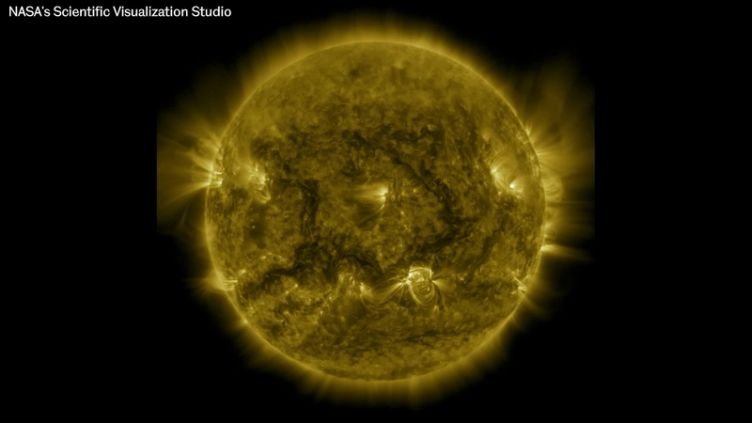About Project SunbYte
SunbYte (Sheffield University Nova Balloon Telescope) is the only UK project to win the prestigious Rocket and Balloon Experiments for University Students (REXUS/BEXUS) competition, a European Space Agency programme.
Idea development
This idea for SunbYte originally stemmed from a proposal to the UK Space Agency to use high altitude multi-balloon platforms to lift heavy payloads.
Previously, one suggested use of the balloons was to lift a small powered rocket capable of delivering a pocketqube satellite into sub-orbital or low earth orbit flight. Because the density of air at 40 km is 99% lower than sea level, a rocket encounters significantly lower air resistance to achieve orbital flight.
Working with several academic researchers from across the Faculty of Engineering, during the feasibility analysis we discovered more uses for such a system and the benefit of a solar telescope was conceived.
The development of the tracking and stabilisation system will also benefit scientists and engineers working in different research fields as they will be able to utilise the stabilisation system on the ground or at sea.
Context
The sun is an important source of energy for Earth and it is essential that we understand how the changes which occur in the sun will affect us. In 2016, U.S. President Barack Obama issued an executive order calling for preparations against solar flares.
In 1895, a solar coronal mass ejection hit the Earth’s magnetosphere and caused Auroras to appear as far south as the Caribbean. In 1989, a geomagnetic storm took out much of Quebec’s electricity grid plunging the country into chaos.
Were such an event to occur in modern day with delicate electronic devices, the outcome would be even more devastating. The solar storm of 2012 was the same magnitude as 1895 but luckily missed the Earth.
Solar storms are one of the most significant outer space threats to normal life – hence the need for development of low cost access to monitoring of the sun is imperative.
Support
The importance of a successful mission has garnered the scientific support of staff from the Space Systems Laboratory and Solar Wave Theory Group at the University of Sheffield.
The team consists of students from a range of technical backgrounds in Mechanical, Electronic and Systems Engineering, Science and Economics.
We have advisors from the University of Sheffield, Northumbria University, Queen’s University Belfast and University of Strathclyde.
Working with Mark Wrigley, the founder of the PiKon company which manufactures low cost optical telescopes, we have the expertise to deliver a high performance payload that can revolutionise the industry and affect the daily lives of our citizens.
Aim
We want to obtain images of the Sun using the Balmer series H alpha deep-red visible spectral line at wavelength 656.28 nm.
Using a 113 mm diameter, 600 mm focal length parabolic (Newtonian) mirror, we capture these images using a H alpha filter.

